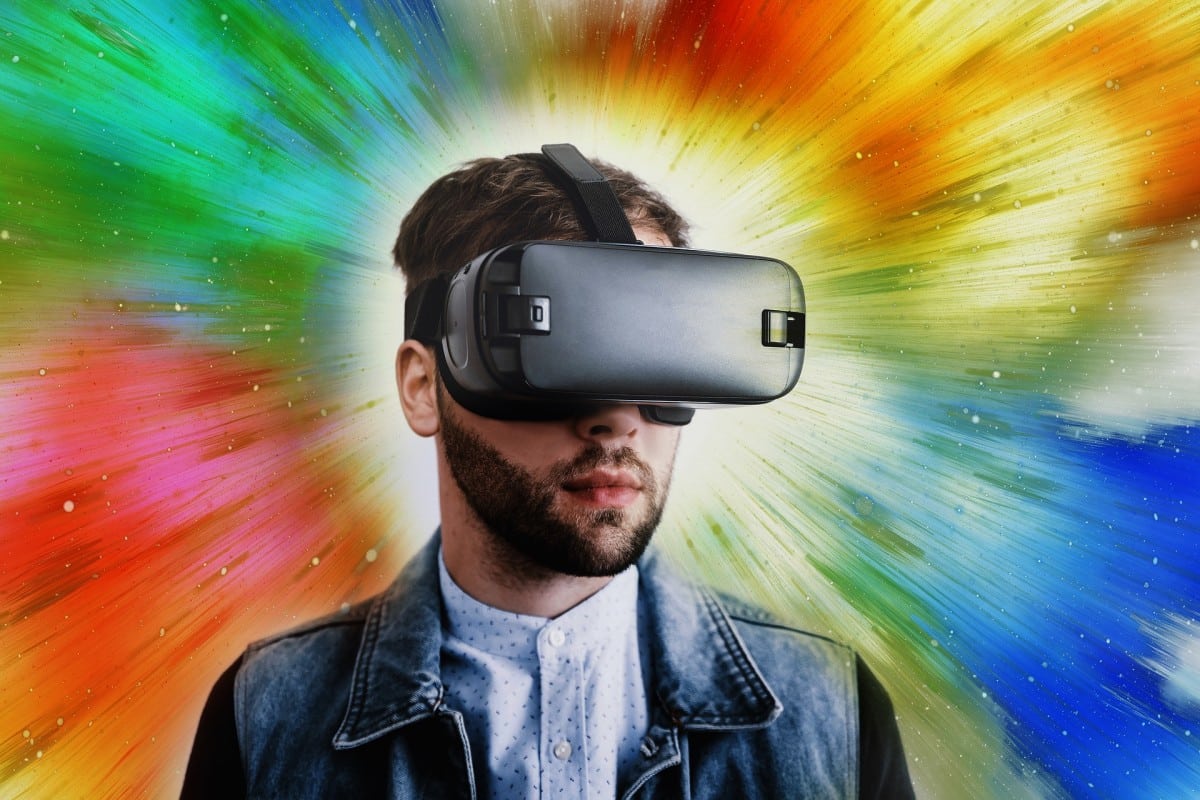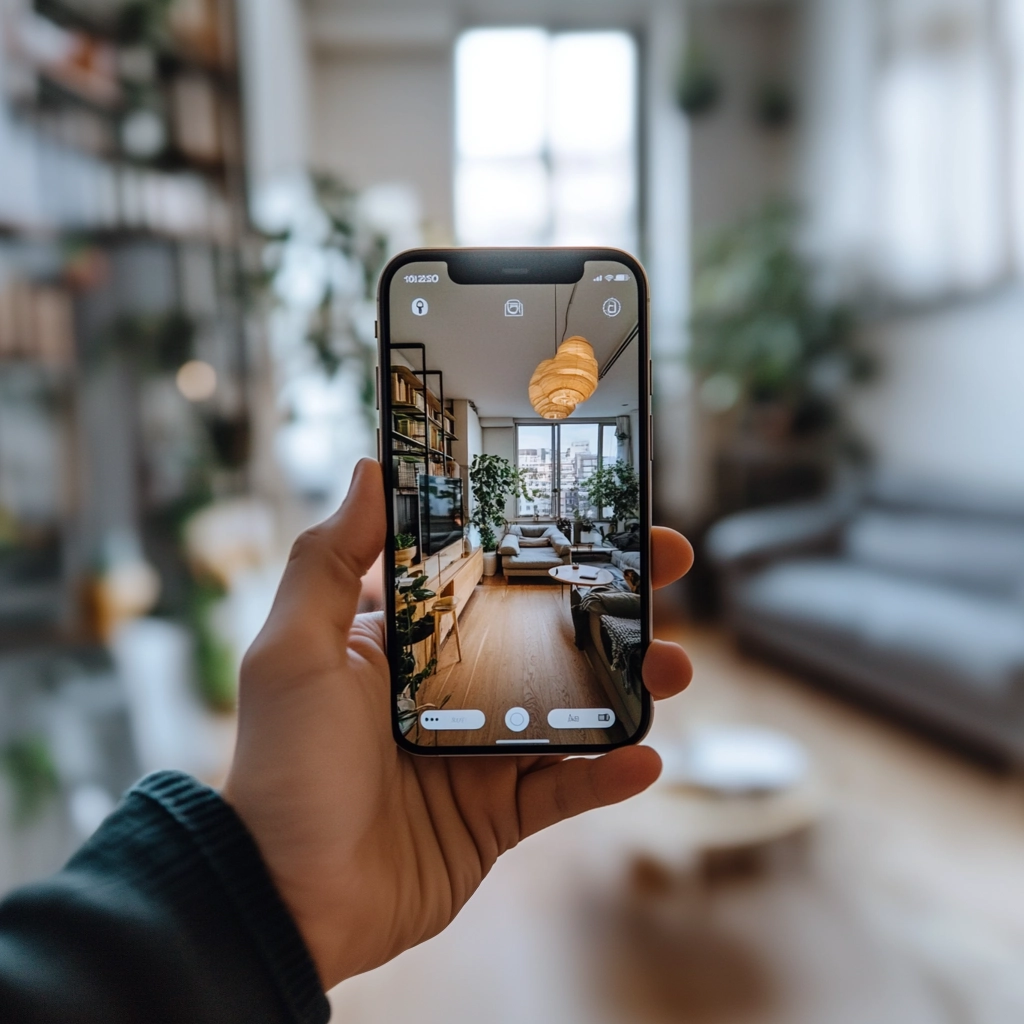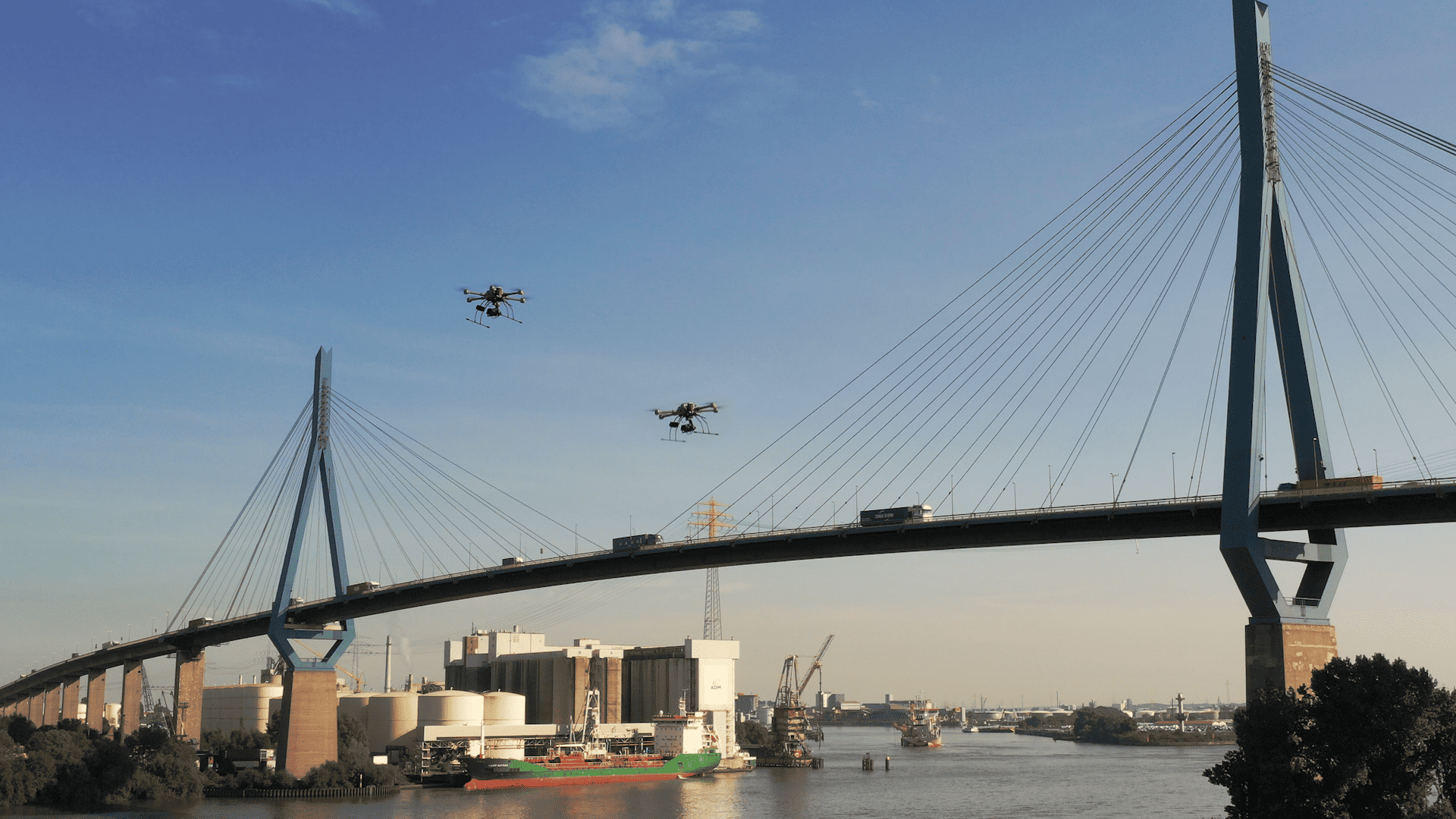
Whether virtual reality or VR work for the user must be tested. This often requires complex laboratory tests. But recently, the Göttingen computer scientist Dr. Patrick Harms presented a program with which this phase of VR development can be automated.
Use of Virtual Reality applications on the rise
Virtual reality forms a growing part of our lives. We move in complex game worlds, explore the depths of the oceans, ancient Greece or Cologne Cathedral. But VR is now also used in anxiety therapy, surgery and urban planning. This makes it all the more important for users to find their way around and interact successfully with the VR scenario.
Until now, this had to be tested in complex and lengthy trials with test persons. People try out the VR solution. Then, developers evaluate the results and improve the application. This can be time consuming and costly.
The Göttingen computer scientist Dr. Patrick Harms has developed a program with which VR scenarios can be thoroughly tested without long test series. His software tools recognize many hooks and eyes of a new VR scenario without the need for lengthy test series.
New trials software for VR applications

Foto: Universität Göttingen/Harms
To assess MAUSI-VR, Harms used two different scenarios. In the first VR scenario, the user should fetch a cup and place it under a coffee machine. Then he should press a button to fill the cup. In the second scenario, the user had to copy a piece of paper.
Harms’ software now proceeds in three steps. In the first step, the system records all actions of the test persons. By doing that, the software generates detailed activity lists. In the second step, the program searches these activity lists for typical user behaviour. In the third step, MAUSI-VR checks its results against a set of previously defined anomalies.
“This makes it possible, among other things, to determine how well users of a VR are guided by it and whether they usually have to perform ergonomically unfavourable procedures during operation,” says Harms.
Causes for problems in Virtual Reality
In fact, design errors can cause users to experience difficulties in a VR scenario. A very elementary problem is spatial orientation. Users move in virtual reality, but not in real life. The effect is a kind of reverse seasickness. “You can see that you are moving, but you are not,” says Harms, describing the experience.
However, Harms has primarily dealt with another problem. A VR scenario has to meet the expectations of the users. Otherwise they won’t find their way around. “If a VR is not designed in such a way that the user knows what to do, he has difficulties,” says Harms.
This can be a login button that is missing or not recognizable as such. Users then have to search for the button and cannot get any further in the VR scenario. Another source of error is optical irritation, like a perfectly white wall, which does not exist in reality. Or users find it irritating when solid objects float in space around them and stop interacting with the VR.
Use beyond Virtual Reality
MAUSI-VR records this behaviour and provides hard data about how users actually use VR. The technology can not only be used in the development of VR scenarios.
Other areas of application would be product design or architectural planning. Here, one could map products in the development stage or a building in planning in VR.
The tests could then consist of using test persons with VR glasses to explore functionality and design. They could then log in from home and would not need to come to a laboratory for taking part in a test series.
MAUSI-VR is based on preliminary work carried out by Harms as a member of the research group “Software Technology for Distributed Systems” headed by Prof. Dr. Jens Grabowski of the Institute of Computer Science at the University of Göttingen. The research group investigates the user-friendliness of websites and desktop software.








